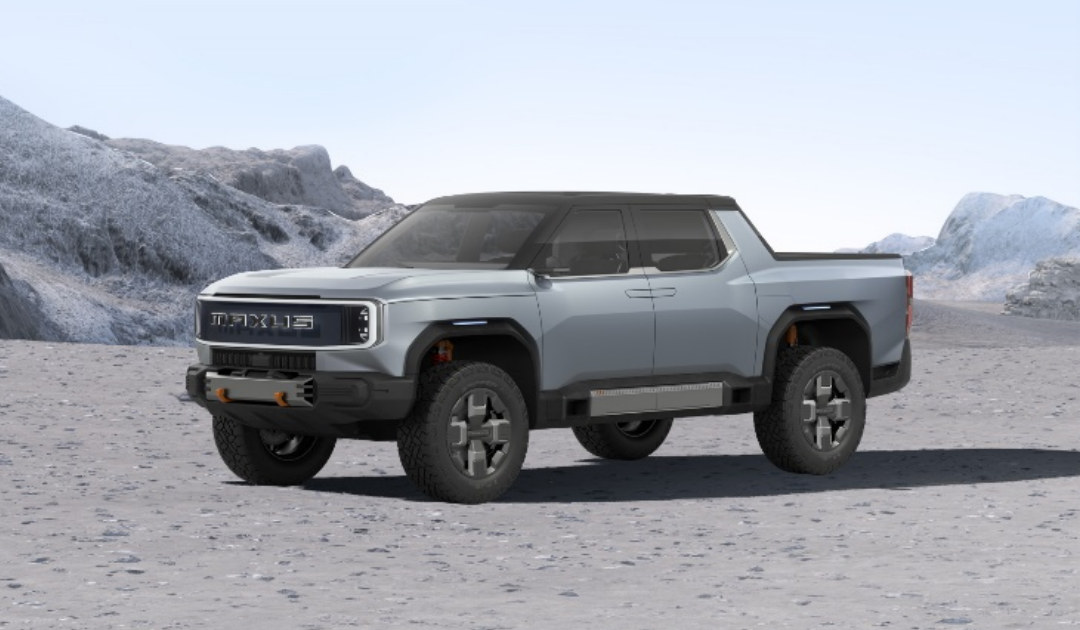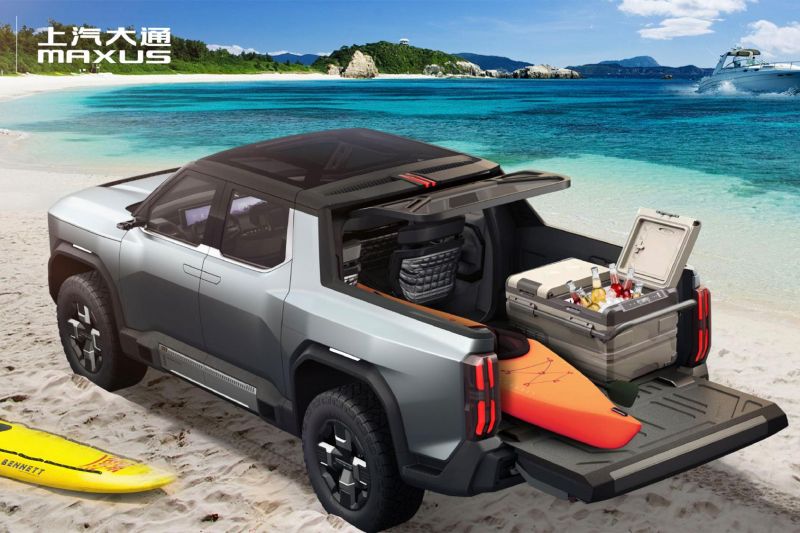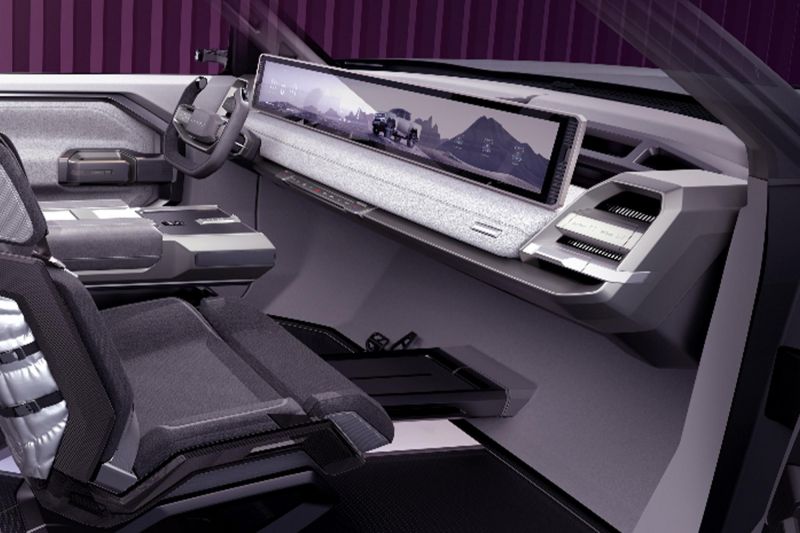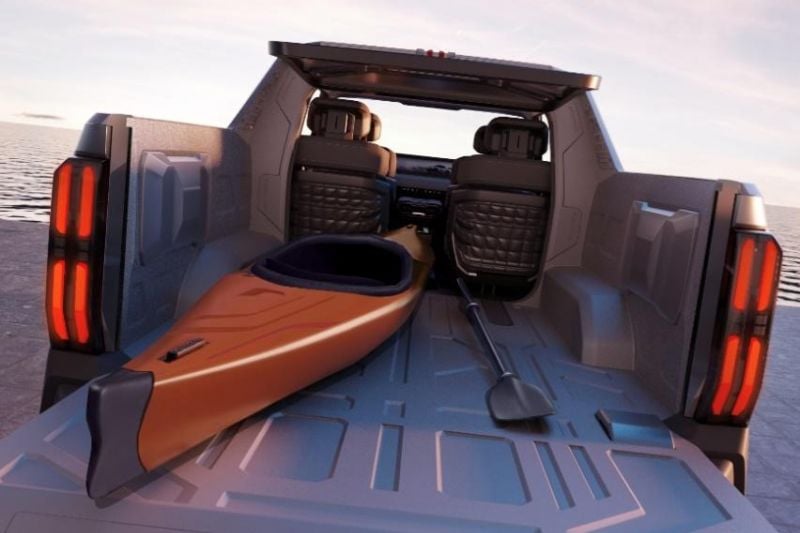LDV was the first carmaker to Australia with an electric ute in 2022, but it isn’t resting on its laurels – instead, it will launch a new-generation electric ute in 2024.
The company has confirmed the production version of the Maxus GST concept, revealed earlier this year, will arrive in Australia next year.
More details will come during the second quarter of 2024, but LDV – or Maxus as it’s known in most markets – wants to offer 600km of range plus off-road ability for the production ute.
The production model will also spawn a combustion-powered variant, but this hasn’t been confirmed for Australia.
LDV says it has learned lessons from the eT60 and intends for the new electric ute to be more desirable to private buyers.
The company wants to be a leader in the electric light commercial vehicle segment in Australia within the next two years.
An electric van called the eDeliver 7 will also form part of that goal, and is due late this year or early next year.
The Maxus GST concept features body-on-frame construction and a quad-motor all-wheel drive powertrain with 746kW (1000hp) of power and a claimed peak torque output of 14,000Nm, good for a 0-100km/h time of around three seconds.
According to the company’s translated press release, its semi-solid state battery – which features cell-to-chassis construction – affords the concept 1000km of range.
It’s unclear how much the production vehicle’s figures will vary from the concept.
The concept’s 11kW V2L function allows small appliances to be powered by the vehicle.
It also boasts a tank turn function, as well as air suspension, a claimed 400mm of suspension travel, 12 terrain modes and what Maxus calls an all-terrain automatic escape function.
The latter, according to the press release, uses sensors to scan the terrain and establish a 50m range in front of the vehicle.
The GST features a new design language for the brand, which the company refers to as “new electrified armour”.
Chinese automakers of late have been embracing bluff, boxy design language – BYD’s Yangwang U8 and Chery’s Jetour Traveller are a couple of examples – while also rolling out more utes as the format becomes more accepted and permissible to drive throughout the country.
Inside, there are more design elements proving popular with Chinese brands at the moment, including a steering yoke and a pillar-to-pillar screen assembly.
The coach doors and lack of a B-pillar are much more concept car-like, however, as is the presence of a front passenger seat that can be swivelled to face the rear occupants.
The barrier separating the tub and the cabin can also be opened, and the rear seats can rotate 180 degrees and slide all the way to the tailgate – ideal for fishing, Maxus says.
LDV launched the eT60 late last year, and it has yet to receive any competition.
Fellow Chinese brand BYD has confirmed a new ute for Australia with a choice of electric and plug-in hybrid power, while Geely-owned Volvo Car Australia has said it wants to bring its parent company’s Radar RD6 electric ute to Australia.
In addition to the Chinese automakers, the Americans have also been busy working on electric utes. While the Rivian R1T, GMC Hummer EV and Ford F-150 Lightning have all gone on sale in North America, however, they have yet to be confirmed for Australia.
Only Ram has confirmed an electric ute for our market, the 1500 REV.




